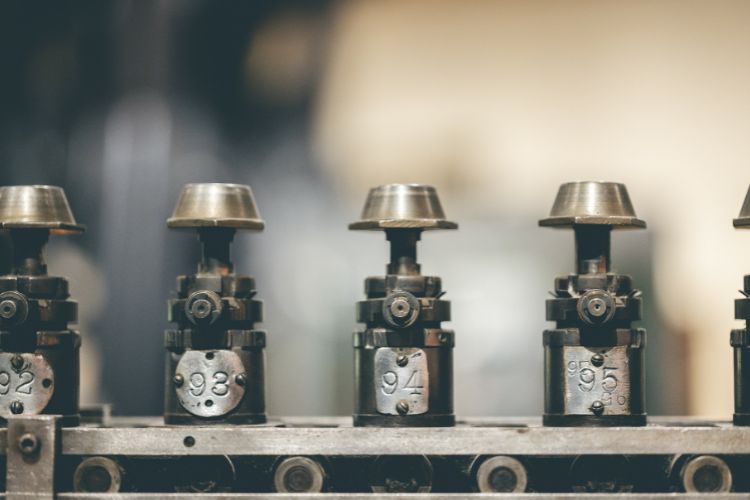Ever wondered how Indian engineering firms manage to stand tall against global giants?
In the niche world of industrial piping, an axial expansion bellows manufacturer from India often faces the challenge of meeting tough international standards while staying cost-effective. Yet, many are not just keeping up—they’re leading.
What Are Axial Expansion Bellows?
Think of them as the silent heroes of industrial pipelines. These bellows absorb thermal expansion, vibrations, and mechanical stresses so that critical systems—from power plants to petrochemical refineries—can run safely and efficiently. Without them, pipes would buckle, crack, or leak under pressure.
The Benchmark: Global Standards That Matter
Axial bellows are governed by stringent guidelines like EJMA (Expansion Joint Manufacturers Association), ASME codes, and ISO certifications. These frameworks ensure durability, safety, and efficiency across industries. For example, ASME Section VIII regulates pressure vessels, while EJMA standards guide the design of expansion joints for predictable performance.
- Material Consistency: Stainless steel and nickel alloys are common choices to withstand extreme heat and pressure.
- Testing Protocols: Hydrostatic, cyclic fatigue, and burst tests confirm durability under stress.
- Design Compliance: Engineers must calculate load cycles, spring rates, and movements to global norms.
How Indian Manufacturers Compete
Indian players have come a long way from being mere subcontractors. Today, they stand out for their mix of affordability and innovation.
A leading axial expansion joint manufacturer in India not only adheres to EJMA and ASME but often customizes solutions for unique site conditions.
Competitive Advantages of Indian Makers
- Cost Efficiency: Indian labor and supply chains reduce costs without sacrificing quality.
- Customization: Instead of one-size-fits-all, clients get tailor-made bellows for nuclear, petrochemical, or marine use.
- Faster Turnaround: Localized production and in-house testing facilities shorten lead times.
Interestingly, Indian manufacturers also diversify their portfolio. For instance, some companies serve as both axial and A Guide on the Top 5 Industries that Use Sideways Flex Joints experts, allowing them to capture broader industrial demand.
Challenges and the Road Ahead
The race isn’t without hurdles. International clients often perceive “Made in India” as less robust, despite certifications. To counter this, firms are doubling down on third-party audits, partnerships with European design consultants, and advanced material sourcing.
According to IEA reports, India’s energy infrastructure is set to double by 2040. That alone promises enormous demand for expansion joints.
FAQs
What industries use axial expansion bellows the most?
They are critical in power generation, petrochemicals, oil & gas pipelines, and HVAC systems where thermal expansion is unavoidable.
How do Indian manufacturers ensure quality?
By adhering to EJMA and ASME codes, conducting rigorous tests, and maintaining ISO-certified facilities, Indian firms maintain international benchmarks.
Are Indian bellows cost-effective compared to European ones?
Yes. Thanks to efficient supply chains and lower production costs, Indian bellows offer competitive pricing without compromising standards.
Can Indian firms handle customized projects?
Absolutely. Many specialize in bespoke designs for unique site conditions, from high-pressure refineries to marine exhaust systems.
Final Thoughts
Global standards are no longer a barrier—they’re a launchpad. By embracing international codes and infusing innovation, Indian axial bellows manufacturers are not just competing; they’re shaping the global narrative of industrial reliability.





